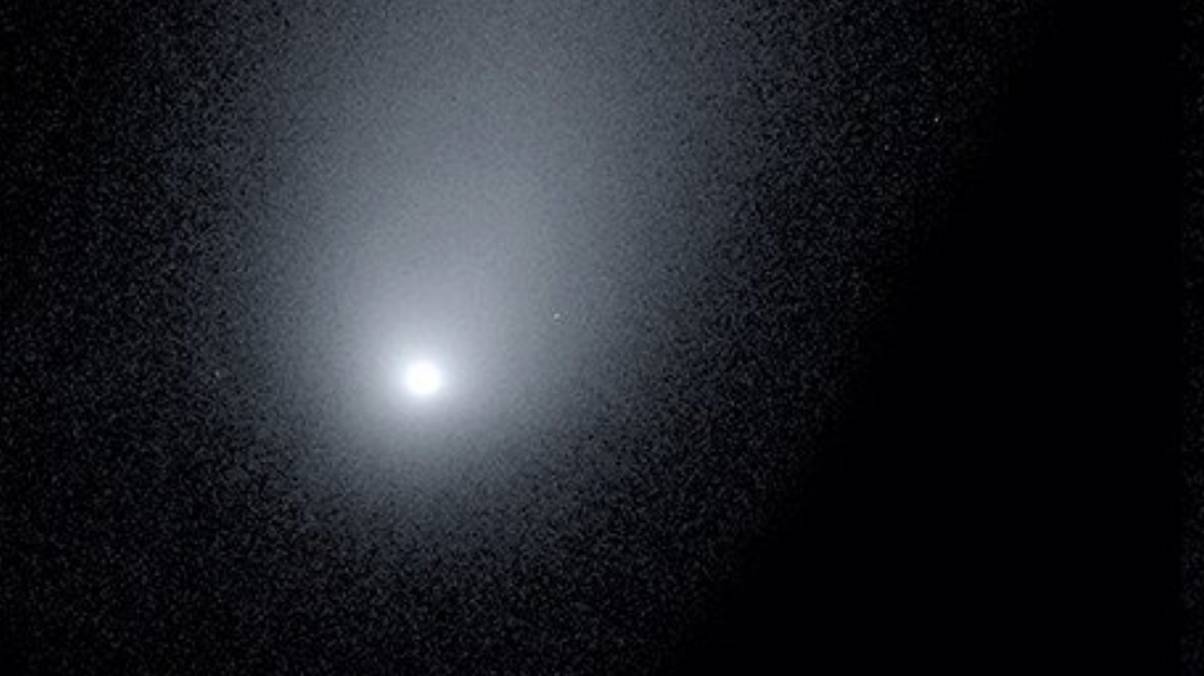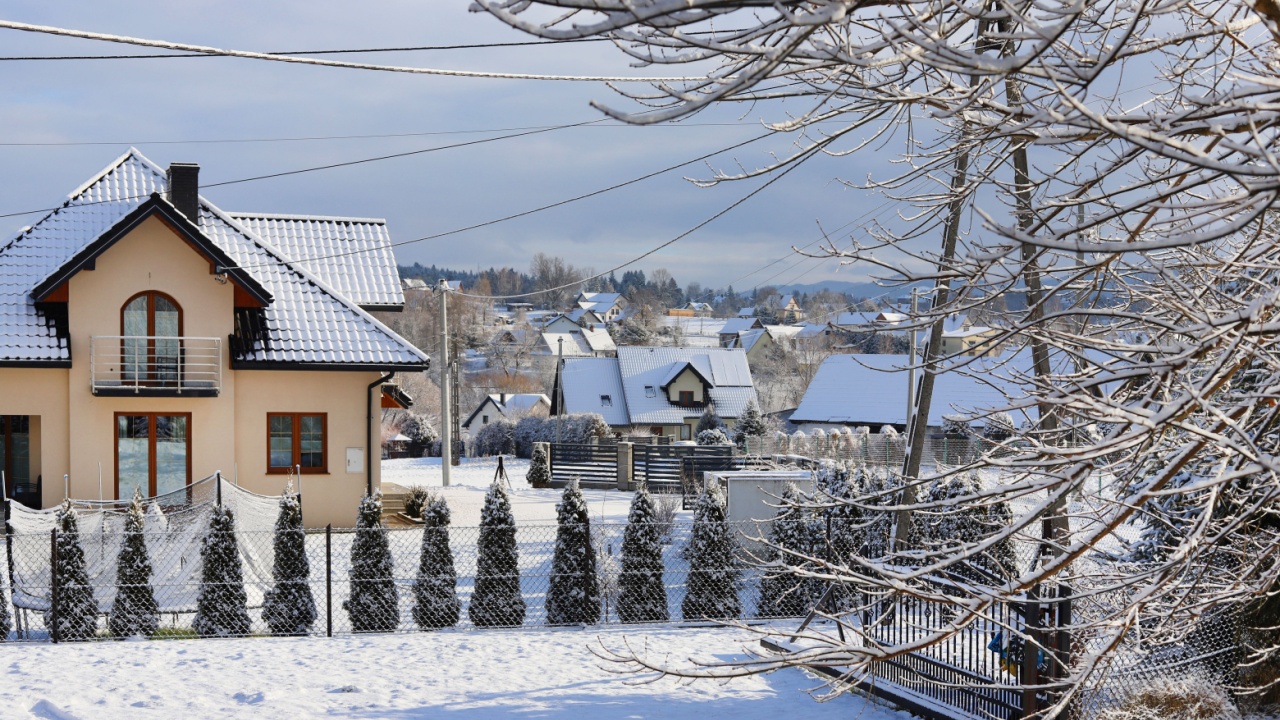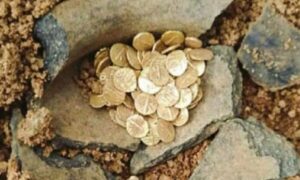“Unveiling the Mystery: What Lies Beneath the Deadly Waters of the ‘Killer Lake’?”
Ever thought about visiting a place that sounds like it’s straight out of a horror movie? Welcome to the Danakil Depression, where Africa’s “killer lake” lurks amidst its otherworldly landscapes. Picture this: a hot, bubbling cauldron of toxic gases, surrounded by dead animals and the choking air of a land that barely seems to belong to our planet. This isn’t some theme park ride gone wrong; it’s a real, bizarre, and deadly destination that could make even the bravest adventurer think twice. At over 330 feet below sea level, the extreme environment of the Danakil Depression is famously known as the “gateway to hell,” a fitting title for such a fiery, inhospitable place. Join me as we explore why this flaming landscape is hardly on anyone’s travel itinerary. If you’re curious about what lies beyond the pictures, strap in for a wild ride! LEARN MORE.
Somewhere out there, far away, is a ‘killer lake’. Surrounded by dead animals, it can cause you to choke on the air just by being near it.
No, this isn’t the intro for some kind of horror sci-fi film, it’s very much a real place known as the ‘gateway to hell’. Although, to be honest, even the pictures look like something that would be created for a movie set.
Over in Ethiopia, the Danakil Depression is incredibly hot and probably one of the most alien places in the world, with few scientists going to visit.
Across the dry land are bright ponds of yellow and green that are said to bubble like a cauldron.

The area is pretty deadly. (MICHELE SPATARI/AFP via Getty Images)
At over 330ft below sea level, it’s of the most inhospitable and least-studied spots on the globe.
It’s one of the driest places but swathes of molten magma sit just beneath the crust’s surface with two highly active volcanos in the area. Plus the area is studded with acidic ponds and geysers as well as a deep crater called Dallol.
Barbara Cavalazzi is from the University of Bologna, Italy, and has been conducting expeditions in Danakil since 2013.
She describes the environment as ‘very extreme’, recalling once measuring a temperature of 55C. But it’s not just the heat they have to contend with as the air is deadly.
The researchers have to wear gas masks due to the toxic hydrogen sulphide gas as well as the chlorine vapour choking their lungs.

There are hot springs releasing gas. (Edwin Remsberg / VWPics/Universal Images Group via Getty Images)
A small lake outside the Dallol crater isn’t as hot as the salt springs and is less acidid with a pH of about two. Thanks to the volcanic activities down below, the water is rich in carbon dioxide.
“The lake is known by many different names,” she told BBC Future. “The local people call it ‘Gaet’Ale’ or ‘Arrath’. Some call it ‘oily lake’ or ‘yellow lake’. Other people have named it ‘killer lake’, because when you work around it and look around you can see a lot of small insects and birds lying dead nearby. They probably arrived there and drank some water, but what actually killed them was the strong emissions of carbon dioxide.”
Because of this carbon dioxide, birds flying just above the lake end up suffocating.
Thanks to our height, it’s not as dangerous for us humans but anything that stays within 30cm of the water will die from getting in too much carbon dioxide.




















